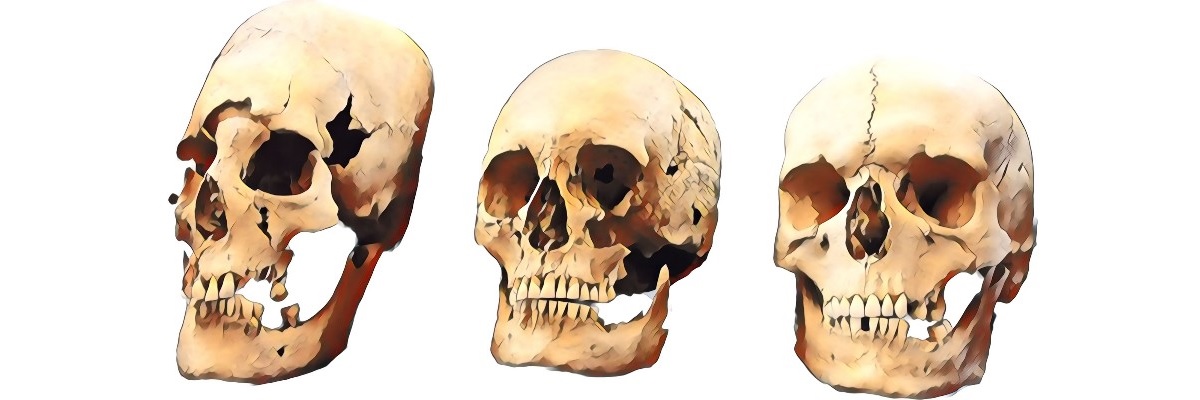Mystery of the elongated skulls

The skeletons of fourteen women found in the late 1960s were among the skeletons of other ancient Bavarians, which date back to 500AD. The skulls show signs of artificial cranial deformation (ACD) to different degrees and remained a mystery until recently, when scientists suggest they came from barbarian tribes in Western and Central Europe.
Sometimes, the most obvious answer IS the answer.
Genetically, the skeletons came from somewhere else; with the DNA being that of Bulgaria and Romania (and one with East Asia ancestry). This means that instead of blue-eyes and blonde hair the men had, the females would have darker eyes and darker hair. These women may have been wealthy and possibly in relationships with the men in the Bavarian Community, although it is argued that there are too many women with elongated skulls in one generation to have been performed for political reasons.What happened to their heads?
The most popular hypothesis is that this was a cultural practice where women elongate their skulls by binding. One theory is that the practice may have began with the Huns across Eastern Europe and Central Asia in 4th and 6th century. Skull modification was popular across the world as an indication of social status up to as late as 1900s in France.Another theory is the practice of elogating skulls was performed on Bulgarian and Romanian brides, married off for political alliances.
Conversely, the skulls may have been modified when the women were babies as skulls are soft and much easier to manipulate. This is more likely, since the practice would be extremely painful as an adult.
As to whether these purposeful deformations caused any harm or cognitive problems, scientists are just not sure. Perhaps we will get more detail as the archaeological teams continue to uncover the history of these women.

